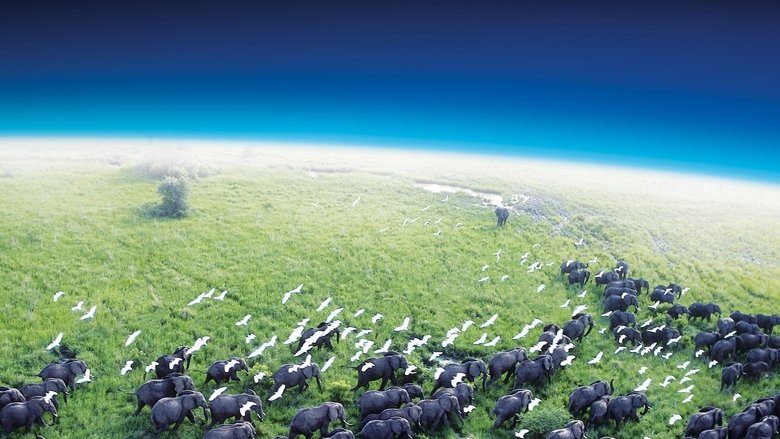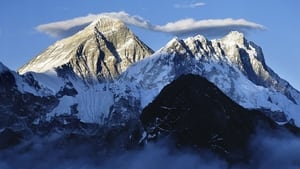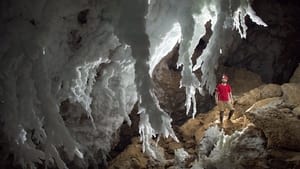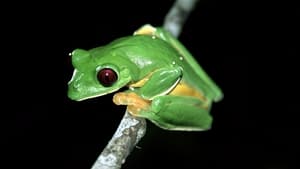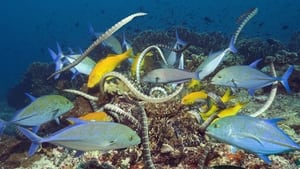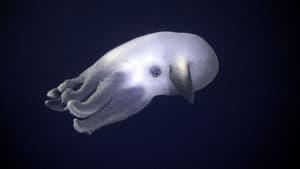
First Aired: March 5th, 2006
Status: Ended
Genre: Documentary
Network: BBC One
Summary: David Attenborough celebrates the amazing variety of the natural world in this epic documentary series, filmed over four years across 64 different countries.
Next Episode:
All episodes are aired.
Episode Statistics:
# of Episodes: 11
# of Episodes I watched: 0
# of Episodes I haven't watched: 11
Last Episode I watched: -
Episode Summaries
My Season Progress:
0 %
Season 1
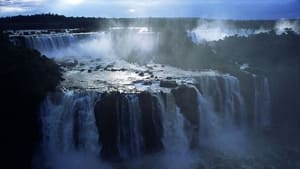
Episode 3: Fresh Water
Air Date: March 19th, 2006
Summary: Although merely 3% of water on earth, fresh water plays an important part in the planet's weather and erosion. It is immensely important for all non-marine wildlife, which drinks fresh water and swims, procreates, hunts in it. Its concentrations, such as rivers, lakes and swamps, abound in aquatic and other species, often adapted to 'wet' life.
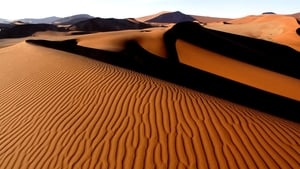
Episode 5: Deserts
Air Date: April 2nd, 2006
Summary: Despite the lack of rain, deserts are the most varied of our ecosystems. In fact, about thirty percent of the earth's land surface is covered in desert. Explore the unique conditions present in deserts as well as the survival mechanisms developed by the animals that inhabit them.
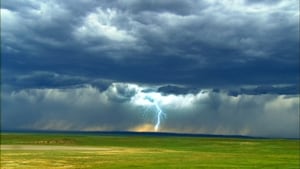
Episode 7: Great Plains
Air Date: November 12nd, 2006
Summary: This episode deals with savanna, steppe, tundra, prairie, and looks at the importance and resilience of grasses in such treeless ecosystems. Their vast expanses contain the largest concentration of animal life. Over Africa's savanna, a swarm of 1.5 billion red-billed queleas are caught on camera, the largest flock of birds ever depicted.

Episode 10: Seasonal Forests
Air Date: December 3rd, 2006
Summary: Trees are Earth's largest organisms and are also one of the planet's oldest inhabitants. Seasonal forests (unlike tropical rain-forest) are the largest land habitats. A third of all trees grow in the endless taiga of the Arctic north. Northern America has forests that include California's sequoias, the Earth's largest trees. There and elsewhere, their vast production of photosynthesis and shade presides over a seasonal cycle of life and involves countless plant and animal species.
Information about series and episodes are provided by TMDB API. If you think that episode information is wrong or missing, please click here to request an update. After your request, update process can take up to 30 minutes.
